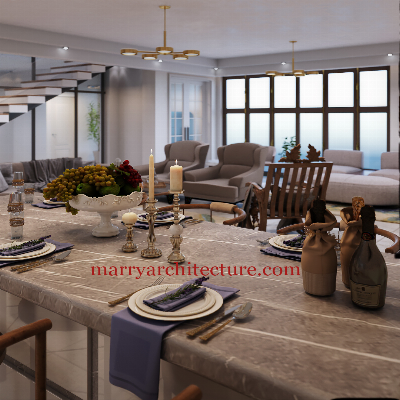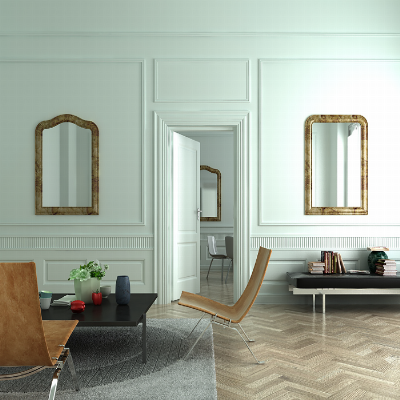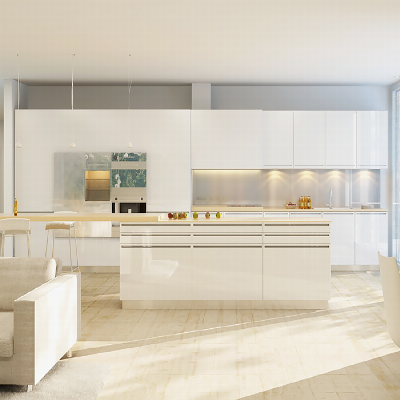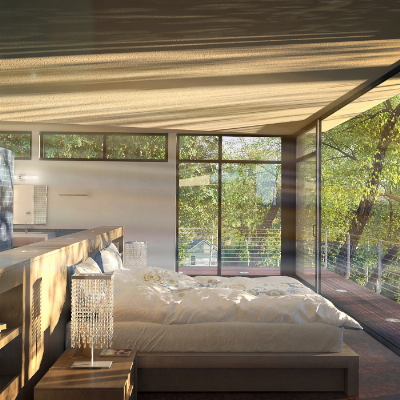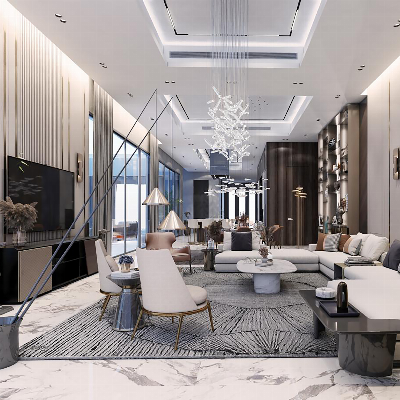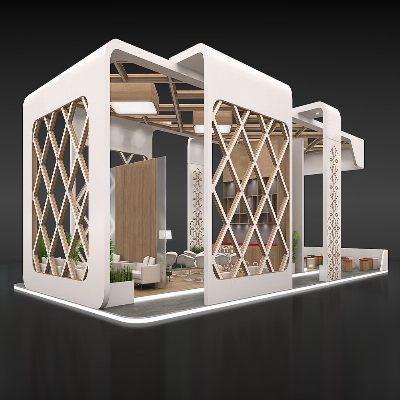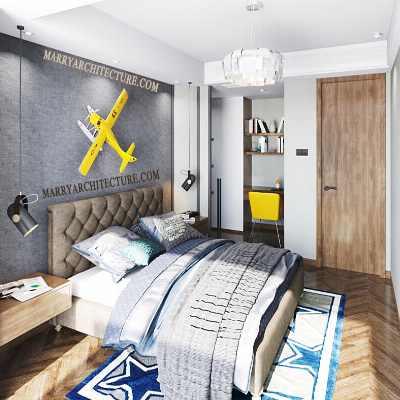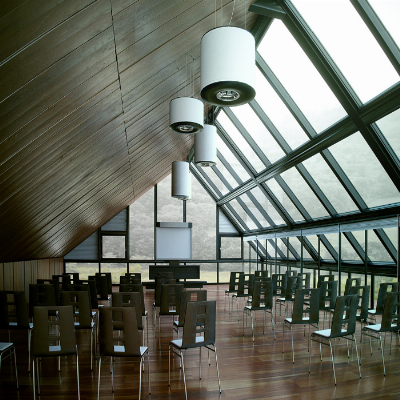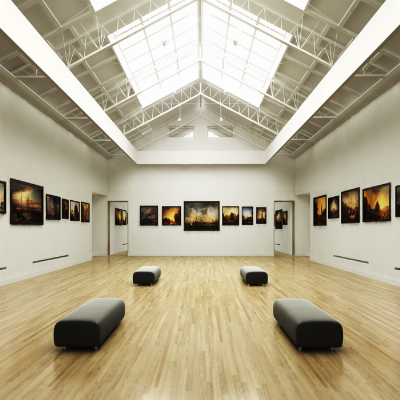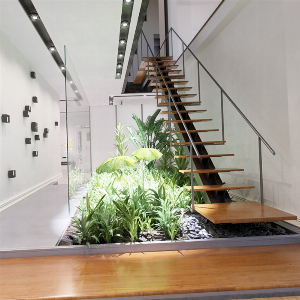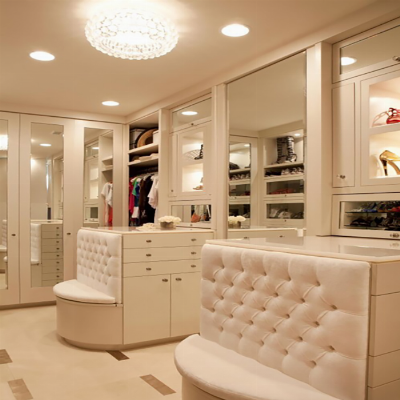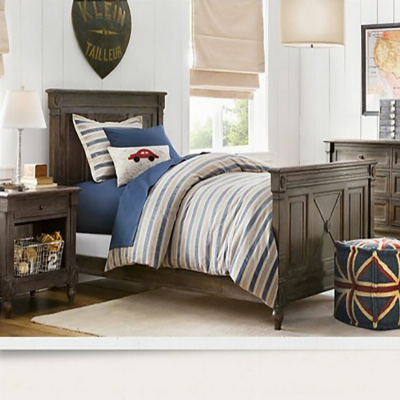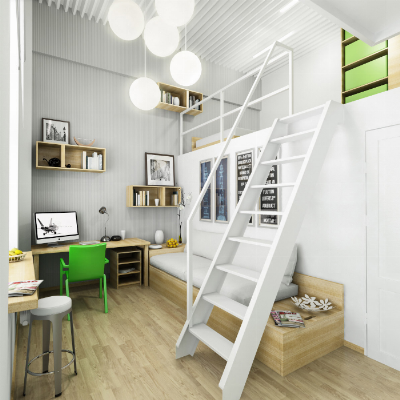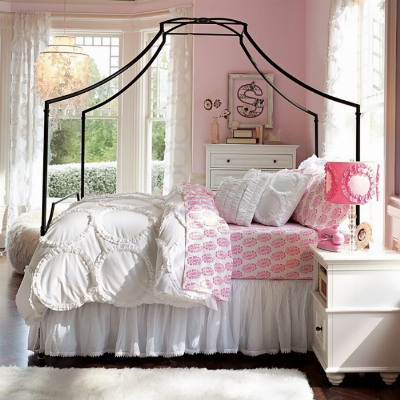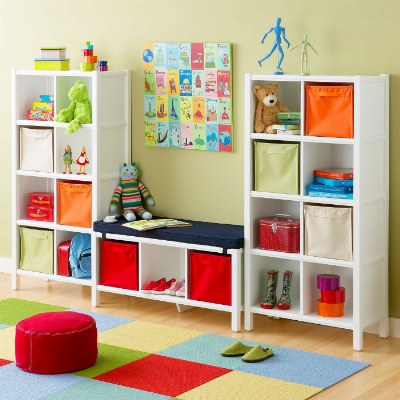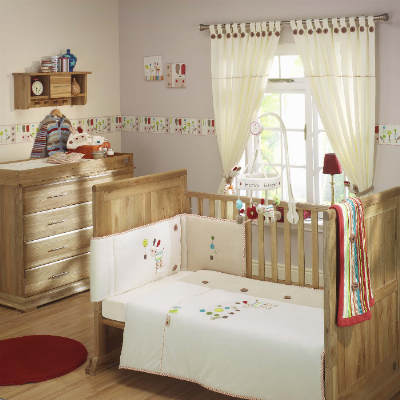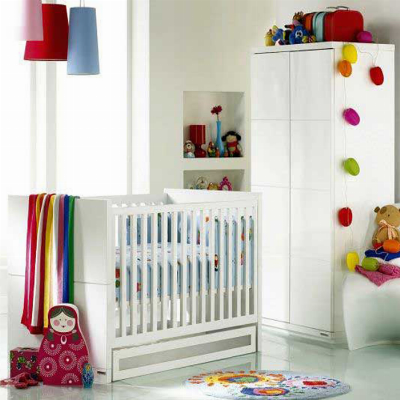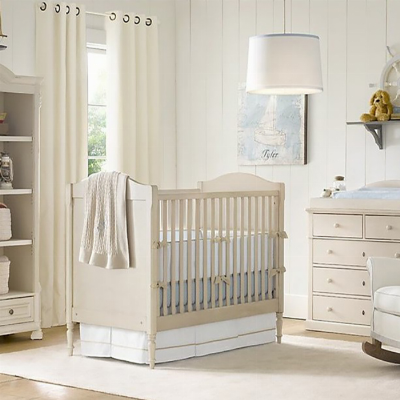Designing a modern villa can be a complex process that involves various challenges. Some of the key challenges in designing a modern villa are:
-
Site Constraints: The site where the villa is going to be constructed may have various constraints such as steep slopes, narrow or irregular shape, limited access, etc. These constraints may limit the design options and require careful planning to address.
-
Sustainability: Modern villas should be designed to be sustainable and energy-efficient, with minimal impact on the environment. This requires a consideration of factors such as energy efficiency, the use of renewable energy sources, sustainable materials, and efficient waste management systems.
-
Cost: The cost of constructing a modern villa can be high due to the use of high-quality materials and specialized labor. It is important to balance the budget while ensuring the design meets the desired quality standards.
-
Functionality: The design of a modern villa should prioritize functionality and efficiency, ensuring that all spaces are well utilized and provide a comfortable living experience.
-
Aesthetics: The design of the villa should reflect the owner's personality and preferences while also aligning with the latest trends in modern architecture.
-
Site analysis: Conduct a thorough site analysis to understand its constraints and possibilities. This will enable the architect to come up with a design that maximizes the site's potential.
-
Sustainable design: Adopt sustainable design principles that prioritize energy efficiency, use of renewable energy sources, sustainable materials, and efficient waste management systems.
-
Cost management: Use cost-effective construction methods and materials while maintaining the desired quality standards. An experienced architect can help to identify opportunities for cost-saving without compromising the design quality.
-
Functionality: Prioritize functionality and efficiency in the design, ensuring that all spaces are well-utilized and provide a comfortable living experience.
-
Aesthetic appeal: Work with a talented architect who can incorporate the owner's personality and preferences into the design while also aligning with the latest trends in modern architecture.
-
Building Codes and Regulations: There may be building codes and regulations that need to be adhered to when designing a modern villa. These codes may dictate the allowable height, setback, materials, and other design aspects. A skilled architect can navigate these regulations and ensure that the design meets all the necessary requirements.
-
Security and Privacy: A modern villa should provide a high level of security and privacy for the owner and their family. This may include the incorporation of security features such as CCTV cameras, alarm systems, secure doors and windows, and perimeter fencing. The design should also prioritize privacy by providing adequate screening from the surrounding environment.
-
Maintenance: The maintenance of a modern villa can be a significant challenge. The use of high-quality materials and finishes may require regular upkeep to ensure their longevity. The design should consider the ease of maintenance and the use of materials that are durable and easy to maintain.
-
Integration with Surrounding Environment: A modern villa should blend seamlessly with its surrounding environment, taking into account the natural landscape, climate, and local culture. The design should consider the use of materials and finishes that complement the surrounding environment and create a harmonious relationship between the villa and its surroundings.
-
Professional advice: Work with a professional architect who is knowledgeable about the local building codes and regulations, and can ensure that the design meets all the necessary requirements.
-
Security and privacy features: Incorporate security and privacy features into the design, such as CCTV cameras, alarm systems, secure doors and windows, and perimeter fencing. The design should also provide adequate screening from the surrounding environment.
-
Low-maintenance materials: Use materials that are durable and easy to maintain, such as metal, glass, and concrete. The design should also consider the ease of access for maintenance and repairs.
-
Environmentally sensitive design: Consider the natural landscape, climate, and local culture when designing the villa. Use materials and finishes that complement the surrounding environment and create a harmonious relationship between the villa and its surroundings. Work with a landscape architect to integrate the villa into the natural environment.
-
Technology Integration: A modern villa should integrate the latest technologies, such as home automation systems, smart lighting, and temperature control systems, to create a comfortable and convenient living experience. The design should consider the placement of electrical outlets, wiring, and other infrastructure to support these technologies.
-
Accessibility: The design of a modern villa should consider accessibility for individuals with disabilities, elderly individuals, and children. This may include the inclusion of features such as wheelchair ramps, wider doorways, and grab bars in bathrooms.
-
Cultural and Historical Considerations: In some cases, a modern villa may need to consider the cultural and historical significance of the site or the local community. The design should respect these cultural and historical considerations while also meeting the functional and aesthetic requirements of the owner.
-
Collaboration with technology experts: Work with technology experts to identify the latest technologies and ensure that the design integrates them seamlessly. The design should consider the placement of electrical outlets, wiring, and other infrastructure to support these technologies.
-
Accessibility standards: Incorporate accessibility standards into the design, such as wheelchair ramps, wider doorways, and grab bars in bathrooms. Work with accessibility consultants to ensure that the design meets the necessary accessibility requirements.
-
Cultural and historical research: Conduct research into the cultural and historical significance of the site or the local community. Work with local experts to understand the local context and incorporate design elements that respect these cultural and historical considerations.
-
Climate Considerations: Climate is a crucial factor in the design of a modern villa. The design should consider factors such as sunlight, wind, rain, and temperature to create a comfortable and energy-efficient living environment. The use of passive design principles, such as natural ventilation and shading, can help reduce energy consumption and create a sustainable living environment.
-
Construction Process: The construction process for a modern villa can be complex and involve multiple stakeholders. The design should consider the ease of construction and the availability of local labor and materials. The use of prefabricated materials or modular construction techniques can help streamline the construction process and reduce costs.
-
Collaboration with Interior Designers: The interior design of a modern villa is just as important as the exterior design. The design should consider the interior layout, finishes, and lighting to create a comfortable and welcoming living environment. Collaboration with experienced interior designers can help create a cohesive and stylish interior design that complements the overall design of the villa.
-
Climate-responsive design: Incorporate climate-responsive design principles, such as passive design techniques, to create a comfortable and energy-efficient living environment. Conduct a thorough analysis of the site's microclimate and orientation to optimize the design.
-
Construction management: Work with experienced contractors and project managers to streamline the construction process and ensure that the project is completed on time and within budget. The design should consider the ease of construction and the availability of local labor and materials.
-
Collaboration with interior designers: Work with experienced interior designers to create a cohesive and stylish interior design that complements the overall design of the villa. The interior design should consider the interior layout, finishes, and lighting to create a comfortable and welcoming living environment.
-
Sustainability: The design of a modern villa should prioritize sustainability and environmental responsibility. This may include the use of renewable energy sources, such as solar panels, and the incorporation of water conservation measures, such as rainwater harvesting systems. The design should also consider the use of eco-friendly materials and finishes.
-
Budget Constraints: Designing a modern villa can be a significant financial investment. The design should consider budget constraints and prioritize features and elements that are essential to the owner's needs and preferences. The use of cost-effective materials and finishes can help reduce costs without compromising on quality or design.
-
Flexibility and Adaptability: A modern villa should be designed to accommodate changing needs and lifestyles. The design should consider future expansion and adaptability, such as the incorporation of flexible spaces and modular design elements.
-
Sustainable design: Prioritize sustainability and environmental responsibility in the design of the villa. Use renewable energy sources, such as solar panels, and incorporate water conservation measures, such as rainwater harvesting systems. Use eco-friendly materials and finishes wherever possible.
-
Budget management: Work with experienced architects and contractors to manage costs and prioritize essential features and elements. Use cost-effective materials and finishes to reduce costs without compromising on quality or design.
-
Flexible design: Incorporate flexible spaces and modular design elements that can adapt to changing needs and lifestyles. The design should consider future expansion and adaptability, such as the incorporation of additional bedrooms or living spaces.

